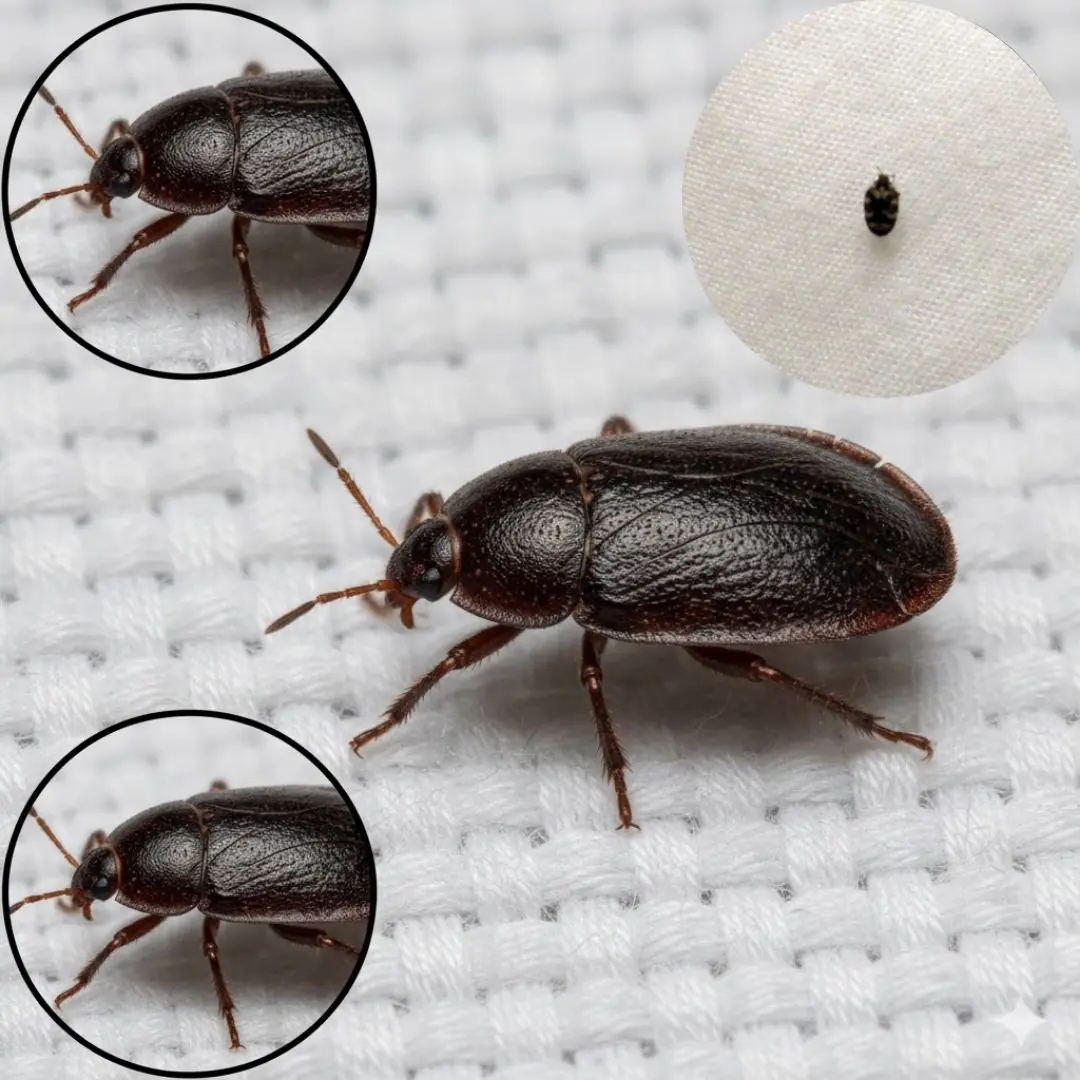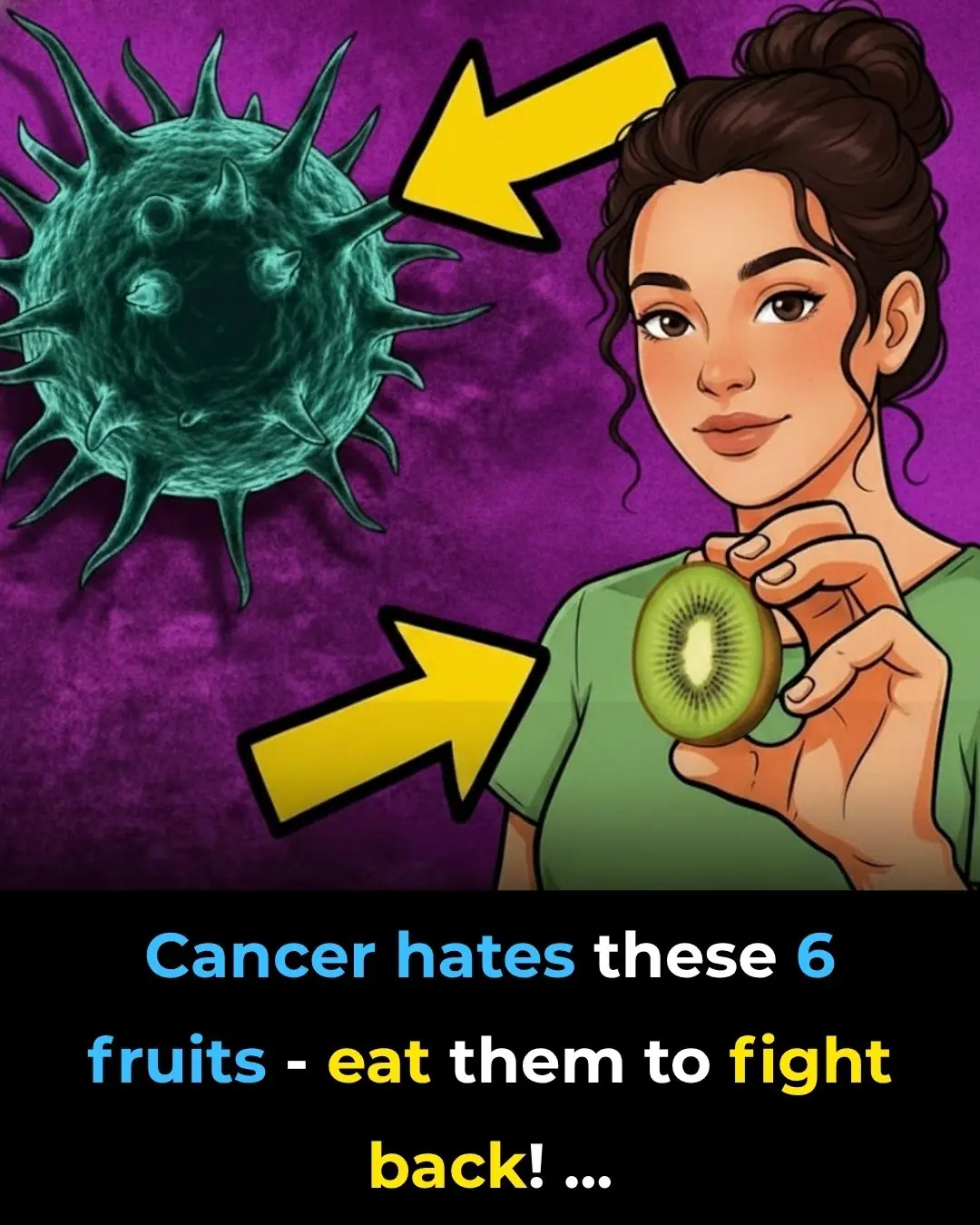
Can you eat moldy food? Here’s what you MUST throw out.
It’s a moment almost everyone has faced. You reach into the fridge for a slice of bread or a block of cheese, only to freeze in dismay. There it is — that fuzzy, unwelcome bloom of white, blue, or green mold. And before you even think about it, a familiar question crosses your mind:
“Can I just cut the mold off and eat the rest?”
It’s tempting — especially when you hate wasting food. But before you grab that knife, it’s worth understanding what’s really going on beneath that fuzzy surface. Mold is far more than an eyesore. It’s a living organism with microscopic roots that burrow deep into your food — and it can produce toxins potent enough to cause serious illness. What you see is just the tip of the iceberg; what’s hidden could harm your health in ways you’d never expect.
In this article, we’ll unpack the science behind food mold — what it really is, which foods might be salvageable, and when you should absolutely toss them to protect yourself and your family.
Key Takeaways
-
Visible mold is only the surface. The fuzzy spots are just mold’s reproductive bodies; an invisible network of roots called hyphae may have already spread deep inside your food.
-
Mycotoxins are the true threat. Many molds release poisonous compounds that can cause food poisoning, organ damage, or even cancer.
-
Texture matters. Dense, low-moisture foods (like hard cheese or carrots) resist mold penetration, while soft or porous foods (like bread, yogurt, and berries) are easily contaminated throughout.
-
When in doubt, throw it out. Your health is worth far more than a loaf of bread or a half-eaten block of cheese.
1. Bread and Grains: A Definite No-Go
Bread is one of the most common foods where mold appears — and one of the most dangerous to salvage. While it might seem harmless to tear off the fuzzy corner and toast the rest, bread’s porous structure makes it a perfect environment for mold to spread unseen. Those tiny air pockets allow the hyphae to travel far beyond the visible spot.
Common molds found on bread, such as Aspergillus flavus, can produce aflatoxins, among the most potent natural carcinogens known. The World Health Organization (WHO) links chronic exposure to these toxins with a significantly higher risk of liver cancer, especially in people already affected by hepatitis.
Even worse, heat doesn’t destroy these toxins — so toasting or baking won’t make contaminated bread safe. The same warning applies to muffins, pastries, crackers, and even cooked grains like rice or oats. If you spot any mold, assume the entire batch is contaminated and discard it immediately.
💡 Pro Tip: Store bread in a cool, dry place and freeze what you won’t use within a few days. Freezing halts mold growth entirely.
2. Soft Fruits vs. Hard Fruits: The Texture Divide
Fruits are another mold hot spot — especially soft, moisture-rich ones like peaches, strawberries, and tomatoes. Once bruised or overripe, they provide a perfect breeding ground for mold spores floating through the air.
One frequent culprit, Penicillium expansum, produces patulin, a mycotoxin linked to nausea, vomiting, and immune system suppression. In animal studies, patulin exposure has even been connected to liver and digestive tract damage.
Because soft fruits are highly permeable, mold doesn’t just sit on the surface — it infiltrates the juicy interior. That means cutting off a fuzzy corner of a strawberry or peach won’t make it safe; the rest of the fruit is likely already contaminated.
However, the story changes with firm, low-moisture produce like carrots, bell peppers, and cabbage. These denser foods make it harder for hyphae to spread deeply. According to the U.S. Department of Agriculture (USDA), you can safely salvage such items by cutting off the mold at least one inch around and below the visible area — being careful not to touch the mold with your knife to prevent cross-contamination.
✅ Safe to trim: Carrots, bell peppers, firm apples, and hard cabbage.
❌ Unsafe: Soft fruits, berries, tomatoes, peaches, and any fruit with a bruised or mushy texture.
3. Cheese: The Exception That Proves the Rule
Cheese presents a unique gray area — because, in some cases, mold is the ingredient, not the problem. Varieties like Brie, Camembert, Roquefort, and Gorgonzola are intentionally made with Penicillium camemberti or Penicillium roqueforti, safe molds that give them their distinctive flavor and aroma.
But the story changes when unwanted molds — green, black, or pink fuzzy patches — appear on other cheeses. These invaders can produce harmful mycotoxins that make the cheese unsafe to eat.
-
For soft cheeses (like ricotta, cream cheese, and cottage cheese): throw them out immediately. Their high moisture content allows mold and toxins to spread rapidly.
-
For hard or semi-hard cheeses (like cheddar, Swiss, and Parmesan): you can save the rest by cutting off at least one inch around and below the moldy spot. Re-wrap the remaining block in clean plastic or wax paper to prevent recontamination.
⚠️ Don’t reuse the knife that touched the moldy area — it can transfer spores to clean sections.
4. Meats, Poultry, and Leftovers: Hidden Hazards
When it comes to meats and leftovers, mold is often the least of your worries — bacteria are the real danger. Spoiled meats, whether raw or cooked, can harbor pathogens like E. coli, Salmonella, Listeria, and Campylobacter.
Unlike mold, these bacteria aren’t always visible or smelly in early stages. A piece of meat might look normal yet carry enough bacteria to cause severe foodborne illness. E. coli infections can trigger life-threatening kidney complications, while Listeria poses serious risks for pregnant women and older adults.
Any meat, poultry, or cooked leftovers that show slime, discoloration, or a sour odor should be thrown out immediately. Even refrigerating them won’t stop bacterial growth indefinitely — leftovers should generally be consumed within three to four days.
5. Jams, Jellies, and Yogurt: Don’t Scoop and Hope
It might seem harmless to scoop the mold off a jar of jam or the top of a yogurt container, but this is one of the most deceptive food safety mistakes.
While the sugar in jams and jellies does slow bacterial growth, many molds thrive in sugary environments and produce toxins that seep through the entire jar. Yogurt and sour cream, on the other hand, are moist and protein-rich — the perfect environment for both mold and bacteria to flourish.
Even if you remove a large chunk, invisible hyphae and toxins remain, making the rest unsafe. Always discard any dairy product, condiment, or preserved food showing mold growth.
🧊 Storage tip: Keep jams and yogurts tightly sealed and refrigerated after opening. Avoid dipping used spoons into the container, as this introduces new spores.
Conclusion: When in Doubt, Throw It Out
The bottom line is simple but vital: never gamble with moldy food. While it might feel wasteful to toss something that “looks mostly fine,” the invisible reality beneath the surface can be far more dangerous than it appears.
Mycotoxins can survive heat, light, and processing, and chronic exposure — even in small amounts — has been linked to serious long-term health risks, including cancer and immune suppression.
When you’re unsure, remember: your health is priceless. The safest and smartest rule of thumb remains timeless — if it’s moldy and questionable, it belongs in the trash, not on your plate.
💬 “Food can be replaced. Your health cannot.”
By understanding how mold behaves in different foods and following safe handling practices, you can protect yourself and your family from unseen hazards — and feel more confident the next time you open the fridge and spot something fuzzy.
News in the same category

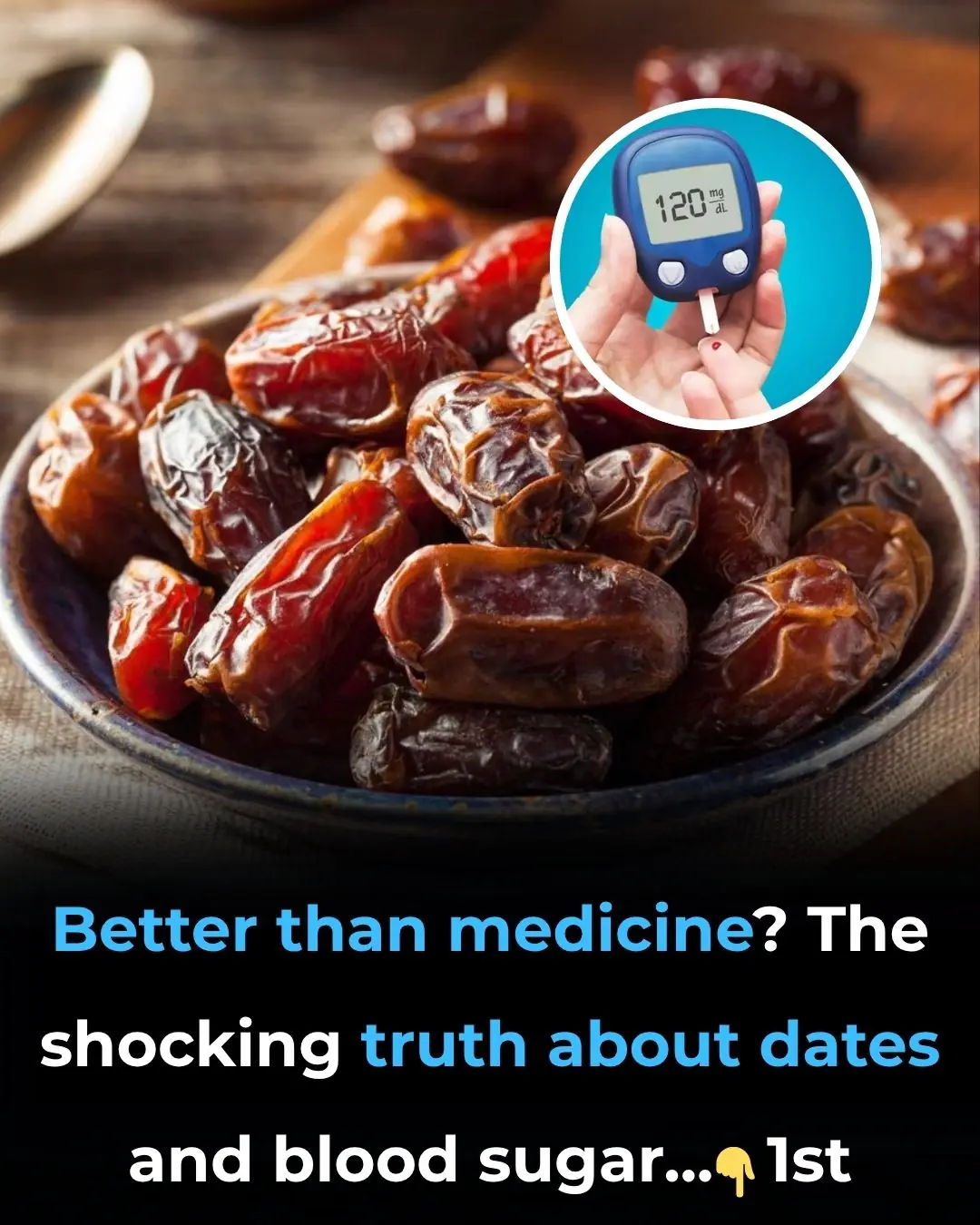
Better Than Medicine? The Shocking Truth About Dates & Blood Sugar!

4 Reasons Why Cardiac Arrests Happen in The Bathroom

4 Unusual Eye Symptoms That May Signal Cancer — Often Overlooked by Many
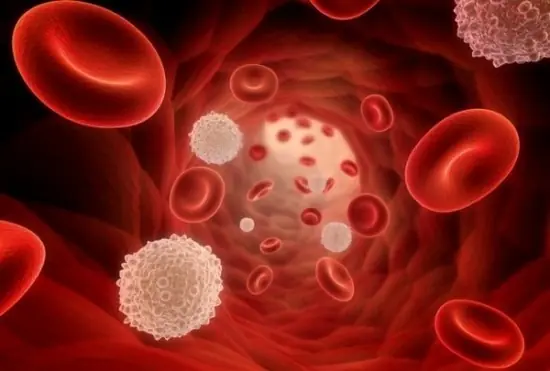
5 Things You Should Never Do in the Morning If You Want to Stay Healthy and Prevent Cancer

Restaurant Owner Di.es at 42 from Liver Failure: Doctor Says It Was Caused by Ignoring One Thing for Years

A 42-Year-Old Man D.ied of a Stroke Despite Not Sm.oking or Drin.king — The Doctor Was Furious and Said: How Dare You Eat This Every Day
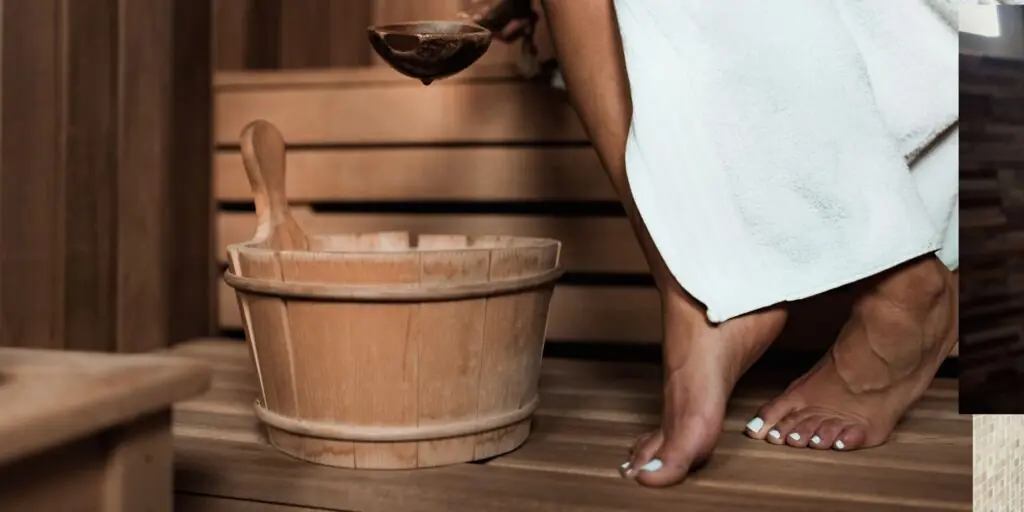
This Old-Time Secret Flushes Out Toxins, Soothes Joints, and Improves Circulation

DIY Turmeric Shots That Fight Inflammation, Flush Parasites, and Leave Your Gut Feeling Brand New
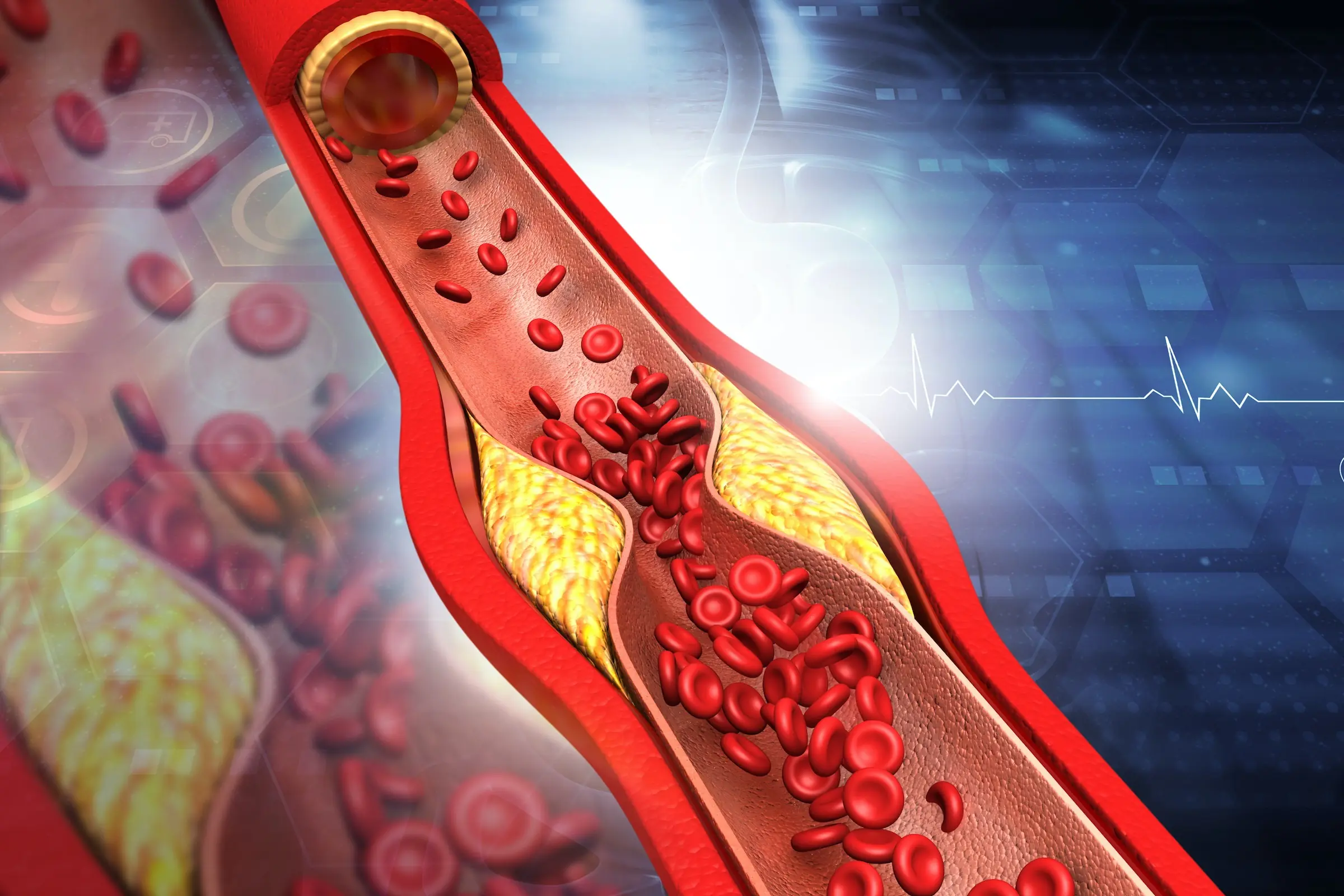
I Refused Cholesterol Meds and Tried This Instead — The Results Surprised Me
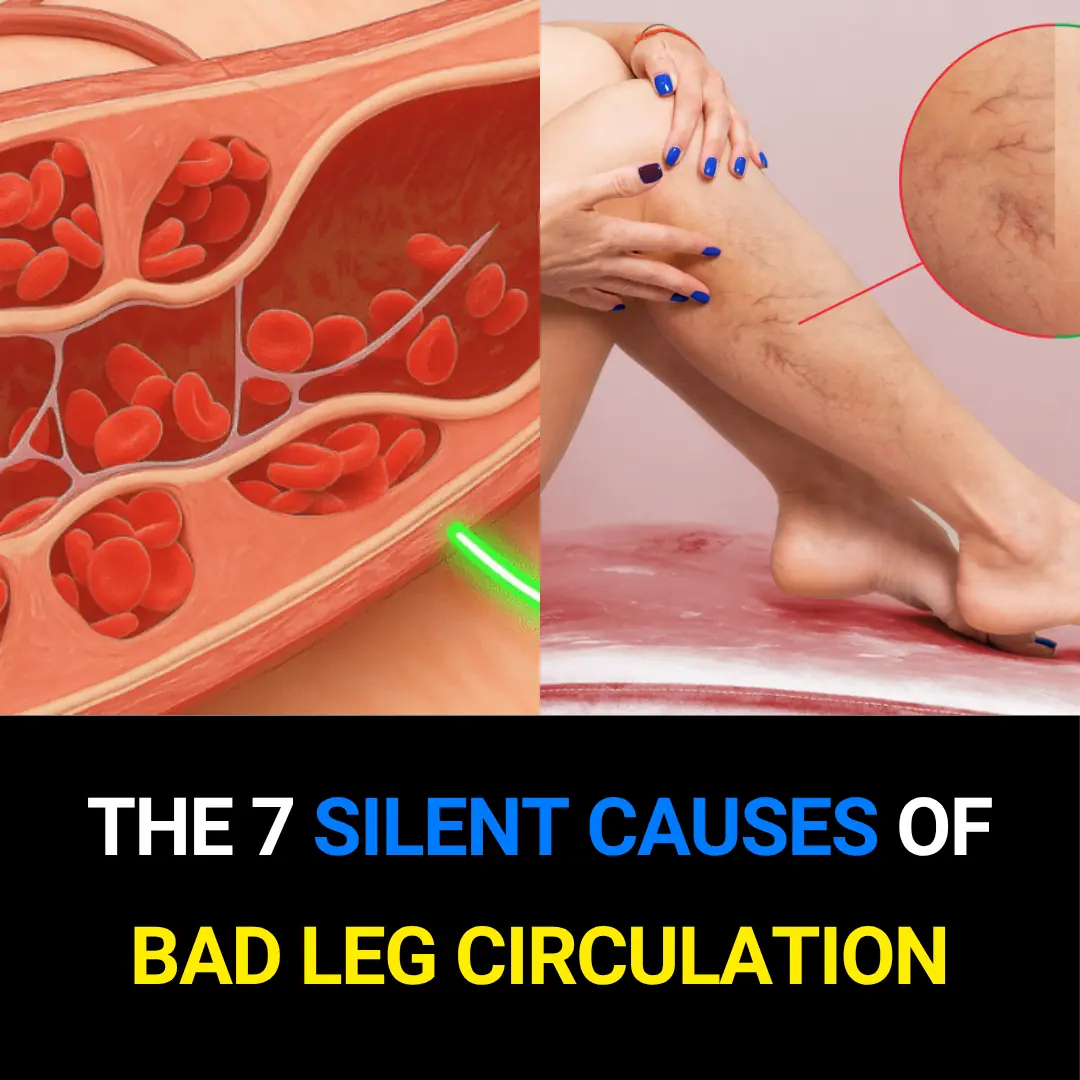
7 Medical Causes of Impaired Leg Circulation You Might Be Missing

New Study Shows Vitamin D Suppresses Key Cancer-Driving Protein
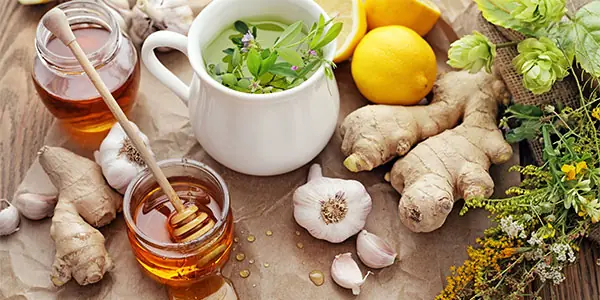
Take Lemon and Garlic on an Empty Stomach for 7 Days — Unclog Your Arteries Naturally
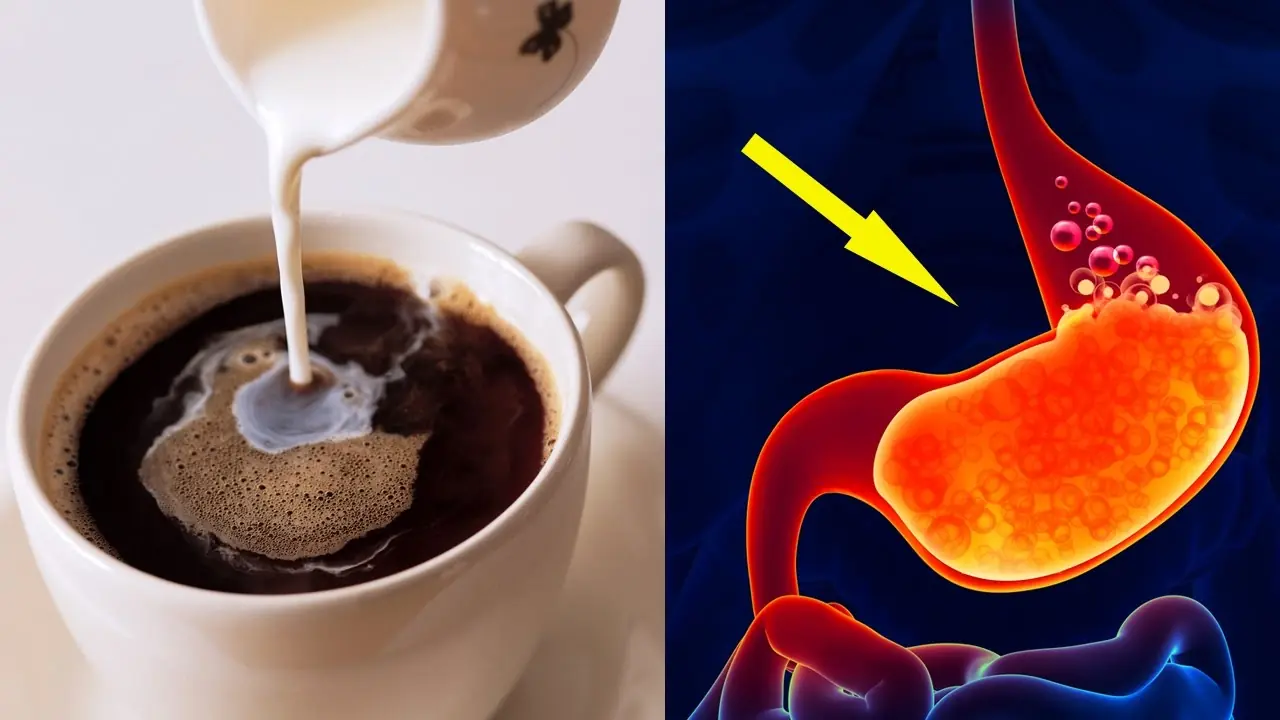
What Really Happens When You Drink Coffee on an Empty Stomach
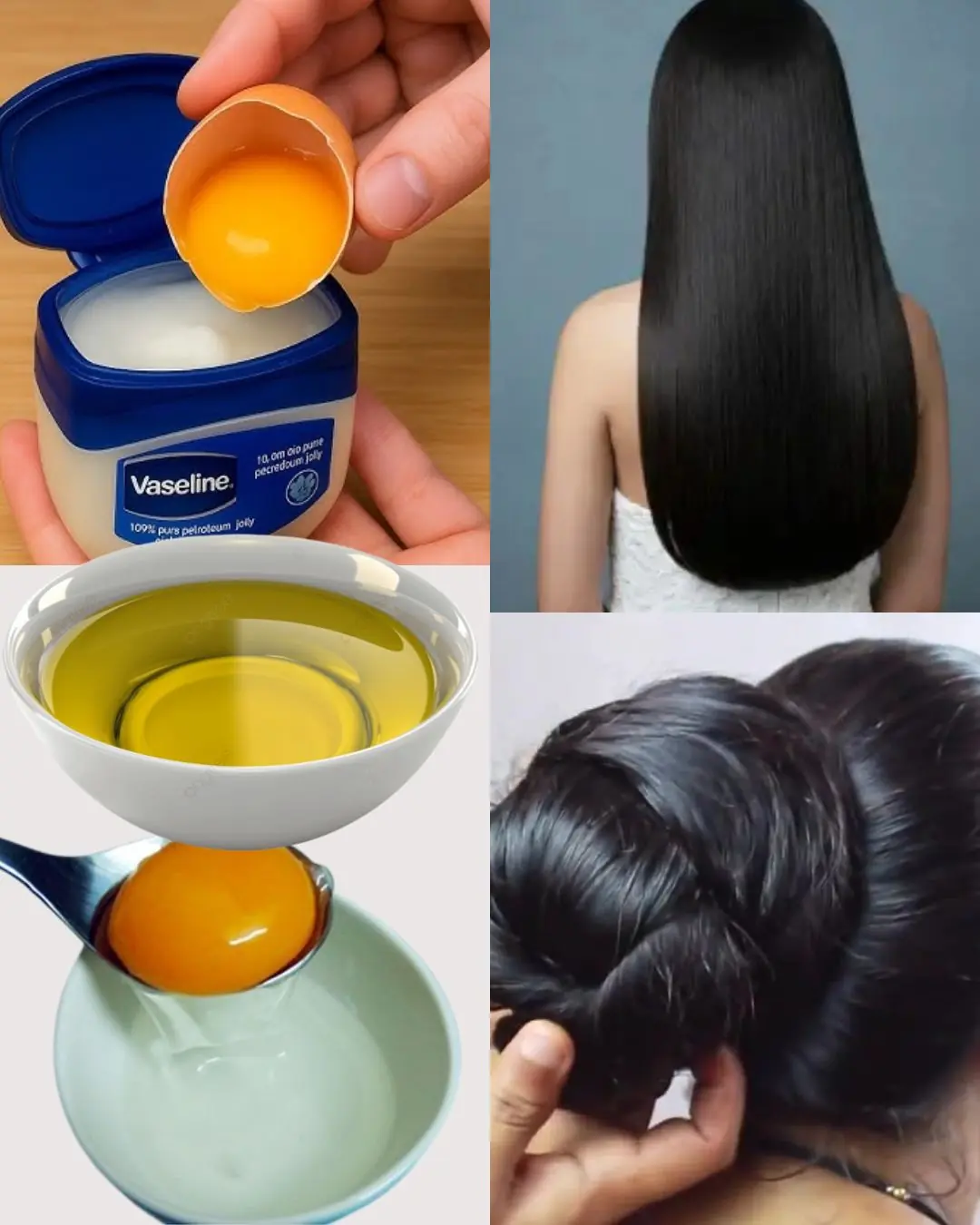
DIY Egg & Vaseline Hair Mask for Extreme Shine and Smoothness 🥚🌟
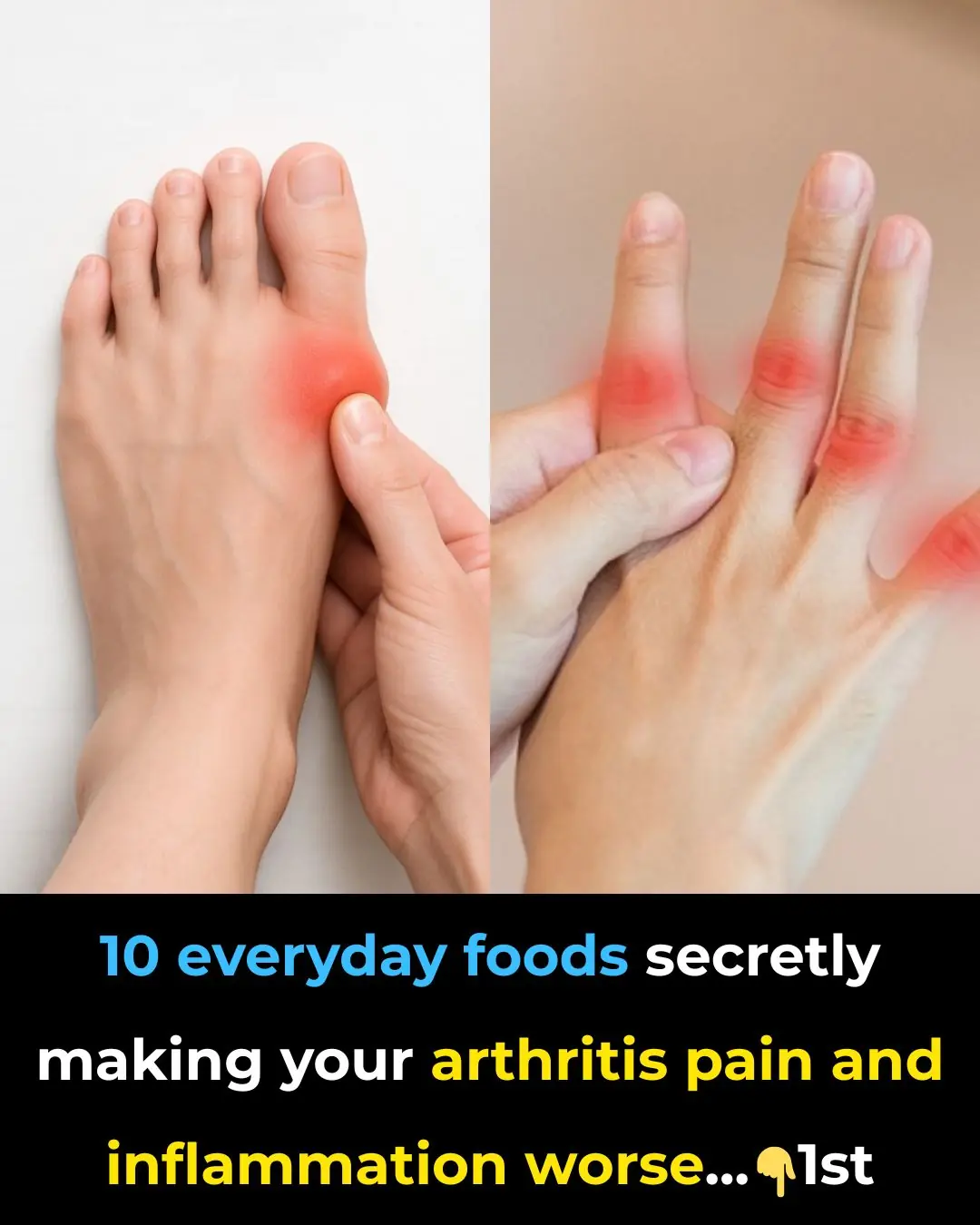
Arthritis warning: 10 everyday foods making your pain and inflammation worse
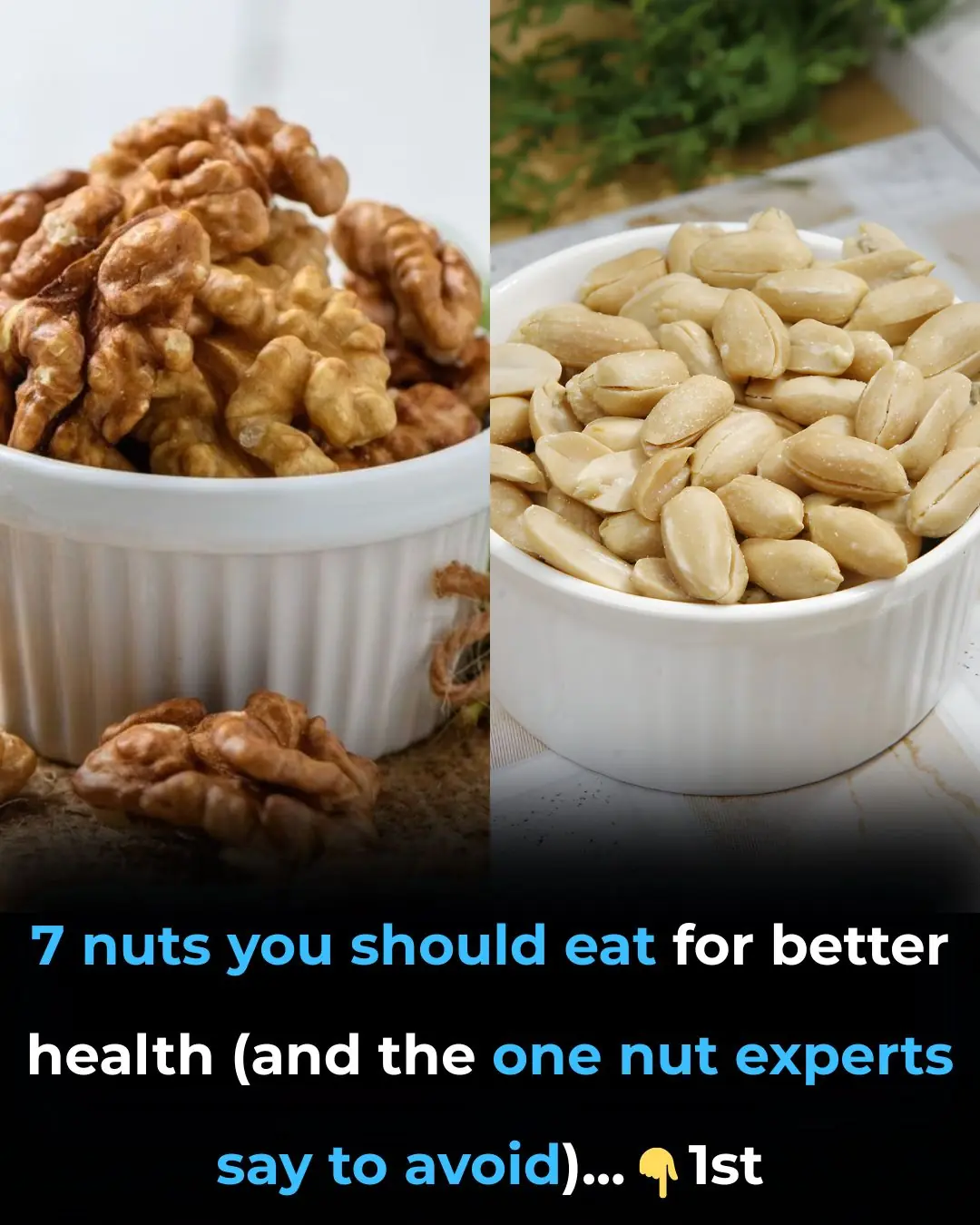
7 nuts you must eat for better health (and the #1 nut you should NEVER touch)
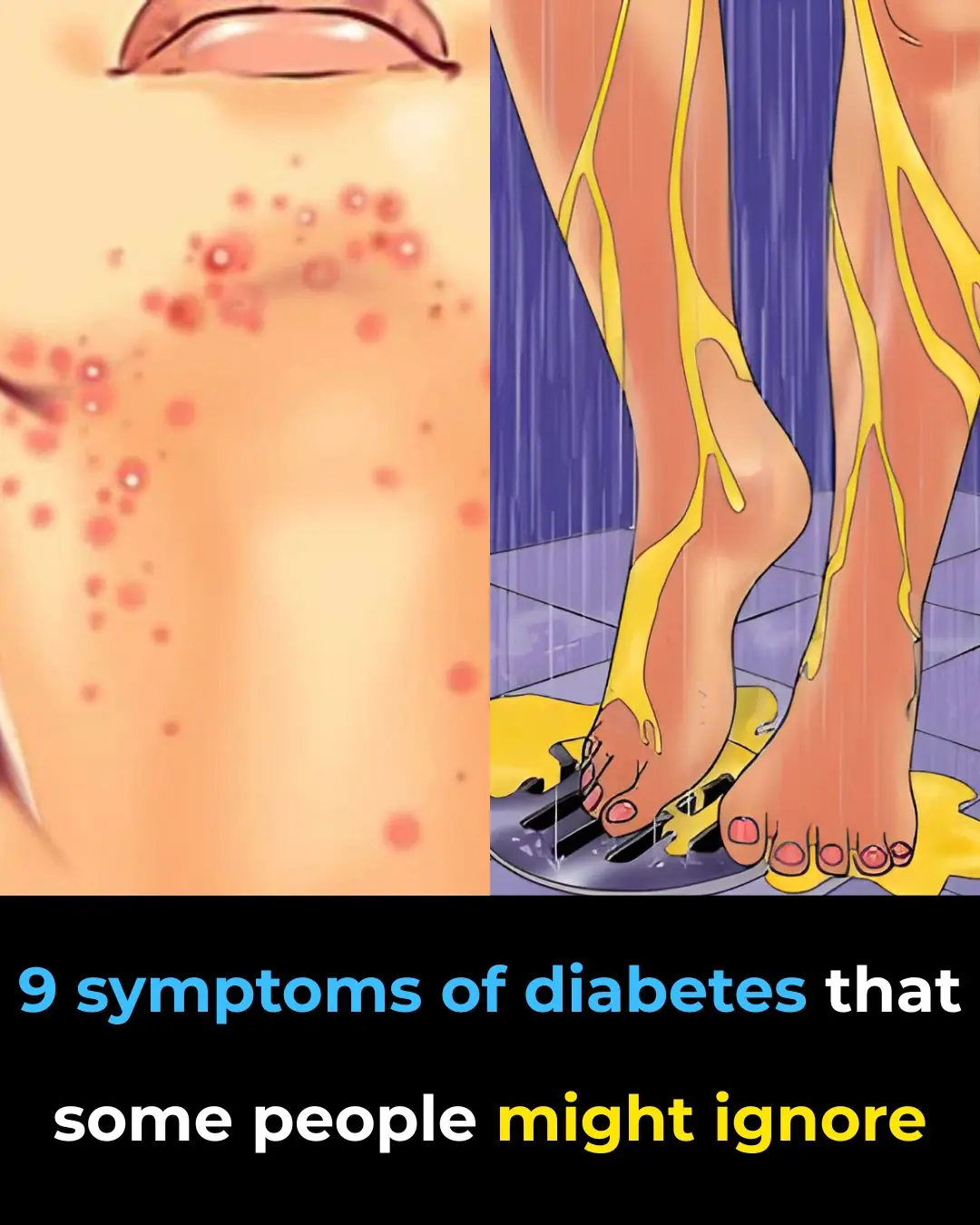
9 Warning Signs of Diabetes You Shouldn’t Ignore
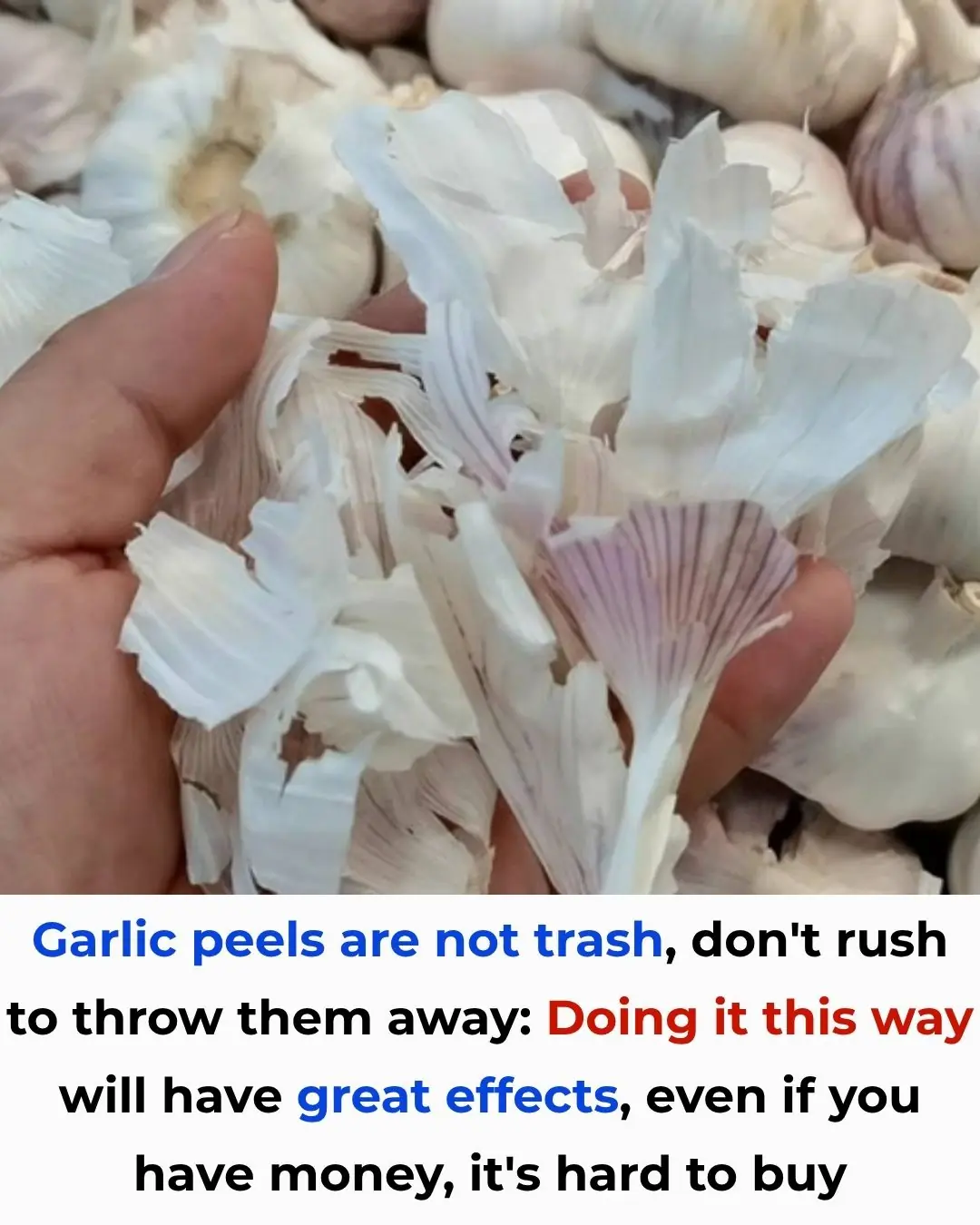
Garlic Peels Are Not Trash – Don’t Throw Them Away!
News Post

Cancer hates these 6 fruits—eat them to fight back!

New Food Stamp Rules Start in November...
“Now this method is so clever! Wish I thought of it!”
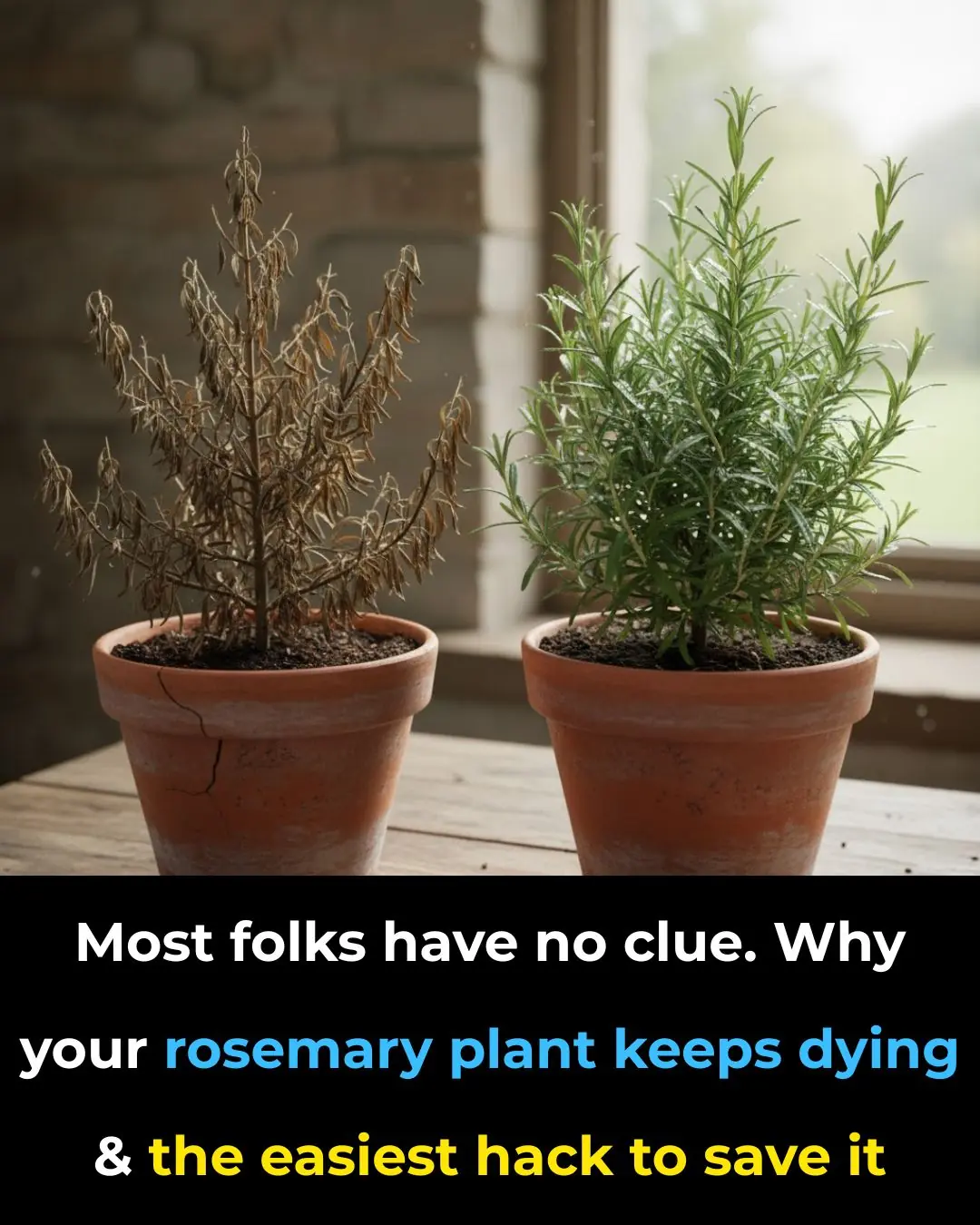
Why Your Rosemary Keeps Dying — And The Easiest Hack To Save It

What My Daughter Nearly Touched Was Incredibly Dangerous

Better Than Medicine? The Shocking Truth About Dates & Blood Sugar!
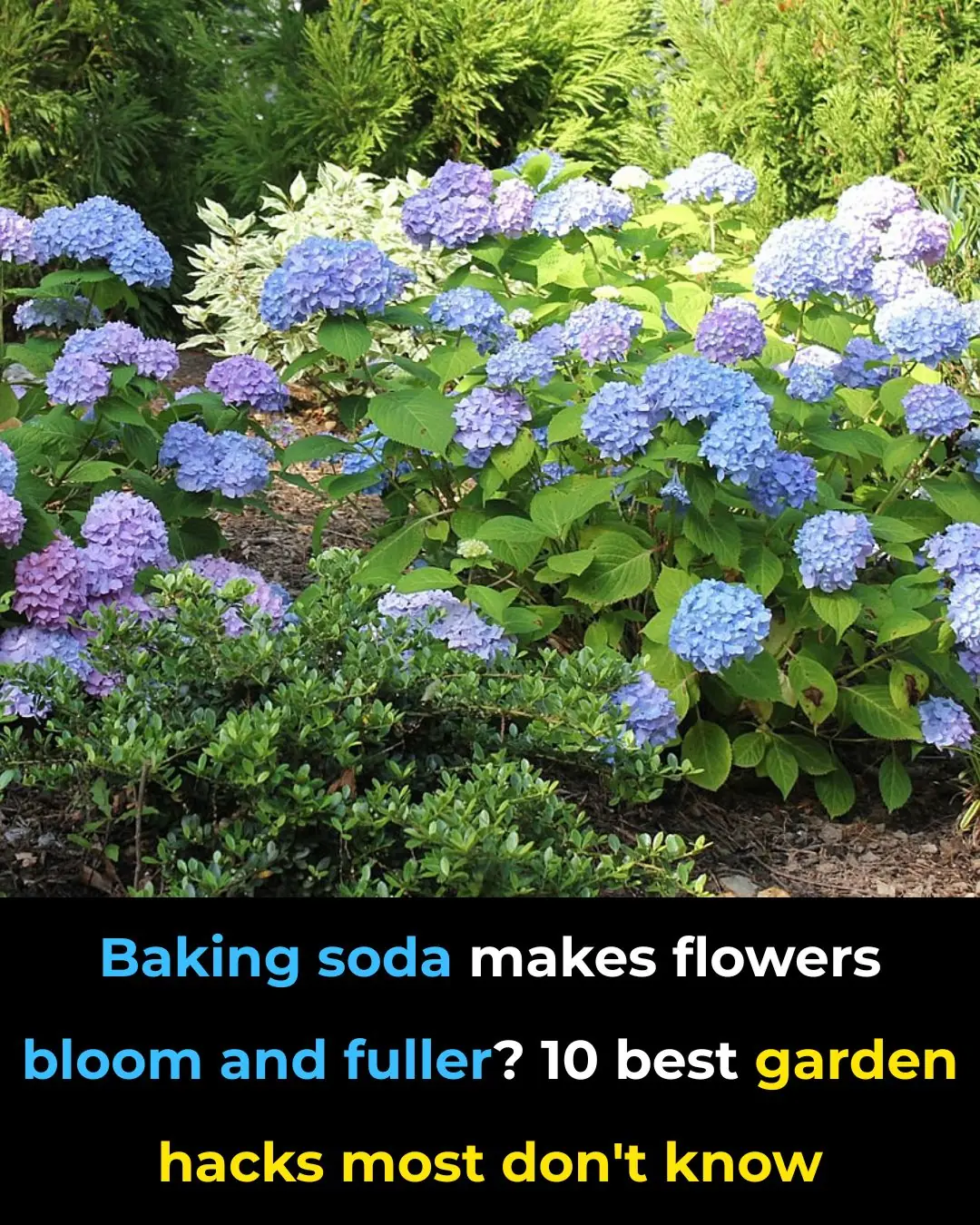
Baking Soda Makes Flowers Bloom and Fuller? 10 Best Garden Hacks Most Don’t Know

4 Reasons Why Cardiac Arrests Happen in The Bathroom

Quentin Tarantino’s foot fetish rumors are here again — thanks to Uma Thurman’s daughter

Singer Jelly Roll claims he was ‘treated like a criminal’ in Sydney Louis Vuitton store

Meghan Markle makes shocking return to acting 8 years after quitting Hollywood: report

4 Unusual Eye Symptoms That May Signal Cancer — Often Overlooked by Many

5 Things You Should Never Do in the Morning If You Want to Stay Healthy and Prevent Cancer

From Coma to Kisses: The Miracle Recovery of Bo Bostick

How You Make A Fist Shape Reveals a Lot

Louise Redknapp's health battles including 'worst condition doctors had seen'

Restaurant Owner Di.es at 42 from Liver Failure: Doctor Says It Was Caused by Ignoring One Thing for Years

A Reunion That Shook the Forest.
